 I can’t imagine what it must be like to be paralysed and unable to speak. A patient ‘Pancho’ was left paralysed for 18 years after a car accident and a stroke. So the four words ‘My family is outside’ would not be significant in another context, but for Pancho, thinking the words and then seeing them on a computer screen must have seemed like a miracle. It was thanks to the work of a team led by neuroscientist Dr Edward Chang, at UCSF (University of California San Francisco) that developed a breakthrough method of treatment. (Dr Chang specializes in advanced brain mapping methods to preserve crucial areas for speech and motor functions in the brain.)
I can’t imagine what it must be like to be paralysed and unable to speak. A patient ‘Pancho’ was left paralysed for 18 years after a car accident and a stroke. So the four words ‘My family is outside’ would not be significant in another context, but for Pancho, thinking the words and then seeing them on a computer screen must have seemed like a miracle. It was thanks to the work of a team led by neuroscientist Dr Edward Chang, at UCSF (University of California San Francisco) that developed a breakthrough method of treatment. (Dr Chang specializes in advanced brain mapping methods to preserve crucial areas for speech and motor functions in the brain.)
Pancho’s first four words were generated through an implant in his brain and a computer algorithm interpreting brain signals and sent them to the computer screen. Most of us speak at a rate of around 150 words a minute, and Pancho communicates at a maximum of about eighteen, but the scientists hope to improve the algorithm over time. The breakthrough was the cumulation of three years’ work by Dr Chang and the team of doctors, and has huge implications for patients who are paralysed. One day it may even be able to help people with dementia.
- * * * *
In ‘Dementia from the Inside: a Doctor’s Personal Journey of Hope’ I mention Martin, a boy who fell seriously ill when he was 12 years old and remained paralysed for 10 years. His parents were told that he had no awareness of the world around him. For ten years he was unable to communicate and grew up with everyone around him assuming he was brain-dead. But he wasn’t; he heard and understood everything that was happening around him. One day a therapist saw ‘a glimmer in his eye’ and realised that there was someone alive in there. Tests showed that Martin could, in fact, communicate, and it was a turning point in his life. He received physiotherapy and learnt to talk with a computer-aided device which he uses today, learnt to drive, went to college, met a young lady and got married. He’s even written a book called, ‘Ghost Boy’. Had Dr Chang and his team been available to Martin he might not have been trapped for 10 years inside a responsive body.
Martin’s message to the world in his book was, ‘Treat everyone with kindness, dignity, compassion and respect whether you think they understand or not: never underestimate the power of the mind, the importance of love and faith, and to never stop dreaming.’
Perhaps it’s dreaming to think that one day technology like this could help people who have lost the ability to speak for other reasons, including neurodegenerative diseases. But Pancho’s dream has become true, and Martin is living a full life again – so why not?









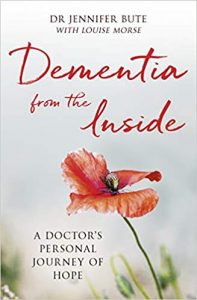
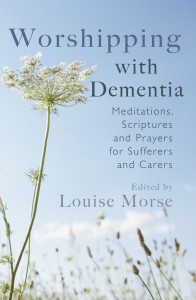
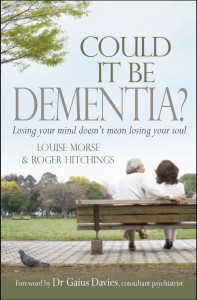
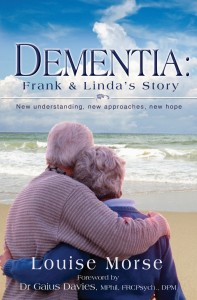
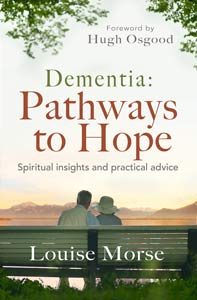

Louise thank you for sharing this.
So important that we don’t ASSUME that there is nothing going on when someone is unresponsive.
It is what really worries me about euthanasia. A person may actually hear the decision being made to terminate their life and be unable to stop it.
I have the lasting memory of spending time with those who were receiving end of life CARE and watching them react with a smile when they hear a familiar piece of music or a prayer or a poem.
Thank you for standing up against euthanasia and any decisions that sacrifice our older generation for the sake of others.
Have you read ‘Eye can write’ by Jonathan Bryan. He is a very insightful and articulate young man – but has no verbal skills . He has a unique wad of communication and writes so well. His faith is solid. He is in my daughter’s youth group. His book comes highly recommended